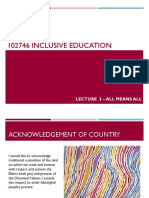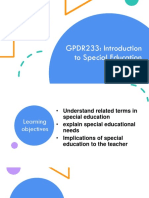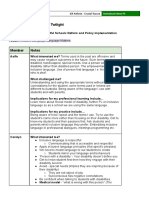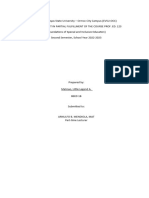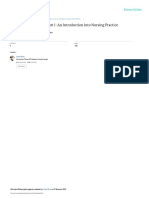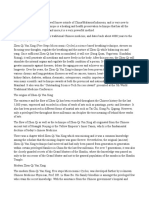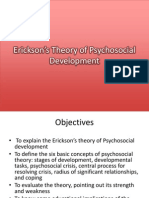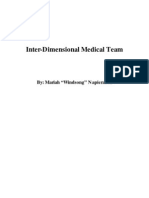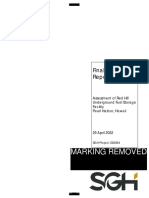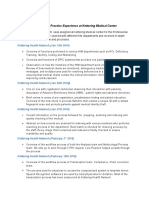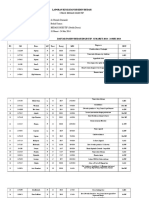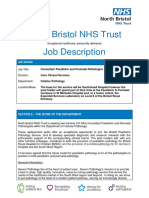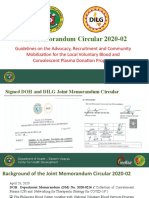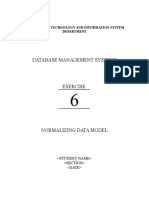0% found this document useful (0 votes)
57 views43 pagesWeek 1 Tutorial
This document provides an overview of a university course on inclusive education principles and practices. It outlines the course structure, learning outcomes, expectations and introduces key concepts like models of disability, inclusion, and inclusive language. The document emphasizes developing skills and competencies to support inclusion through partnerships with families and professionals.
Uploaded by
Ethan GillionCopyright
© © All Rights Reserved
We take content rights seriously. If you suspect this is your content, claim it here.
Available Formats
Download as PDF, TXT or read online on Scribd
0% found this document useful (0 votes)
57 views43 pagesWeek 1 Tutorial
This document provides an overview of a university course on inclusive education principles and practices. It outlines the course structure, learning outcomes, expectations and introduces key concepts like models of disability, inclusion, and inclusive language. The document emphasizes developing skills and competencies to support inclusion through partnerships with families and professionals.
Uploaded by
Ethan GillionCopyright
© © All Rights Reserved
We take content rights seriously. If you suspect this is your content, claim it here.
Available Formats
Download as PDF, TXT or read online on Scribd
/ 43







